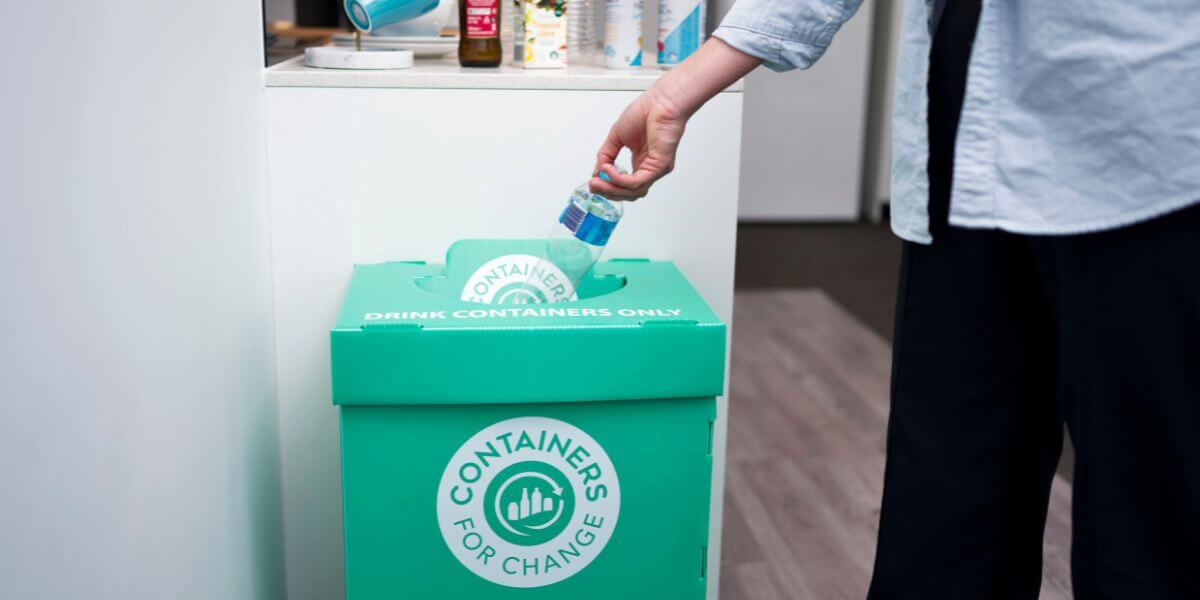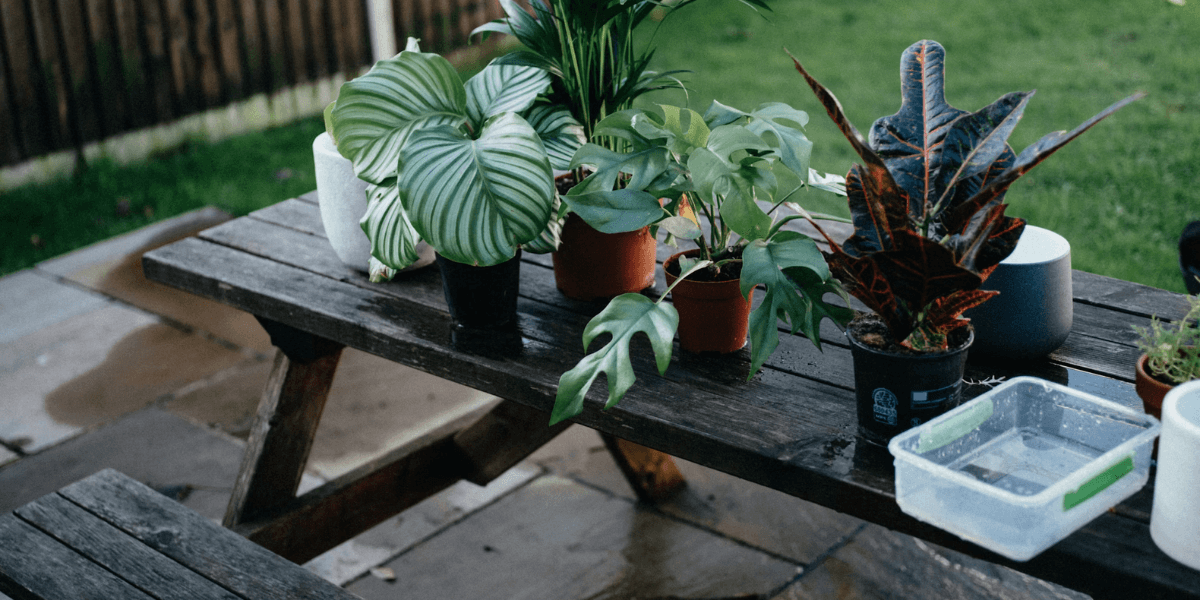DIY PROJECTS
ESSENTIAL TIPS FOR FIRST TIME SEWERS
If you’ve been deliberating whether to get on the #memadeclothes trend, then this is for you. Chloe Cipra has started making her own clothes, and shares how you can get started.
Sewing may be something you’ve been lucky enough to learn from your mum or your grandma. Or you may, like me, be brand new to the world of understitching, basting and unpicking. But fear not, together we will conquer and master this ancient art using our own two hands — something that can be quite foreign for us millennials.
I only started sewing about six months ago, having never picked up a needle and thread, let alone used a sewing machine. I fell head over heels for it and ever since it has been my main creative outlet. Creating something from scratch brings me so much joy, and I hope it will for you too.

One of my first makes using the free Peplum top pattern from Peppermint Magazine
Sewing is the perfect slow hobby. Not only because it literally takes time and requires a certain amount of dedication. It also feels like a form of mindfulness, getting you to slow down and focus on just one thing, bringing you into a state of flow. Making your own clothes and accessories ensures that you can carefully choose and create the perfect item for your own needs, and hopefully keep it for the years to come.
Learning to sew can feel like entering a foreign country when you start: new vocabulary, technical terms and measurements, countless brands to choose from and so on. Not to worry, I’ve got you covered with my main tips for beginner sewers like me.
#1 – Test the waters
Before you decide to go all out and purchase expensive material, take one or two in-person classes. This is especially important if you haven’t got access to a sewing machine and have never used one before.
I took four three-hour lessons at my local sewing school, which helped me confirm I enjoyed sewing before I purchased my own sewing machine. If you’re not one for in-person lessons or can’t fit it in your schedule, why not ask someone you know to show you the ropes, or look into renting a machine for a few weeks?
#2 – Find your community
Whether online or offline, finding like minded people to interact with is one of the greatest parts of sewing. I joined a few groups on Facebook and started a dedicated Instagram account, which has allowed me to find endless amounts of inspiration and help when I’m stuck.
I didn’t know anyone in my area who was into sewing, so I also started going to events — a great motivation boost when you receive positive feedback on your makes. Look for local events related to sewing, slow fashion or handmade goods. You may also find social sewing groups in your area. They rent a space and you can BYO sewing machine and stitch along with fellow sewists.
#3 – Get the right material but don’t go overboard
Once you have made sure you’re ready to invest into your own material, take your time and shop around. I personally opted for minimal but high quality equipment at the start.
Second hand and money-saving options are plenty:
- Hunt for sewing machines on Facebook marketplace and selling groups, or on Gumtree.
- Op shops and destash groups are a great place to find cheap fabrics.
- Also wait for sales and specials if you’re going to shop at large retailers, they are on quite often.
- Start with free PDF patterns: they are usually quite simple and easy to follow, and you’ll only have to pay for the paper and ink.

Two thrifted fabrics for $3 and $7
If you’re happy to invest a bit more into your sewing machine, support local businesses by buying from independent sewing shops rather than large retailers. Customer service will be of a much higher standard, and they usually include free classes to get you started with your new machine.
#4 – Don’t panic and give up
For your first make, choose something simple like a tote bag or a cushion cover to gain confidence and build up your skills. If you are using a pattern, don’t panic if you don’t understand the instructions or the terms used. The vocabulary takes a while to get used to, and written instructions, even with illustrations, can sometimes be confusing. Make sure to read them a few times before you start and refer back to the definitions.
YouTube is your friend. If you can’t for the life of you understand how to attach a sleeve to a the sleevehole (true story), take a few deep breaths and watch a video tutorial: they’re a lot more straightforward than a static image. I really like Professor Pincushion’s channel.
If you’ve made a mistake, don’t be afraid to unpick your stitch. You will start to develop a love-hate relationship with the seam ripper, but keep unpicking and just repeat this mantra: practice makes perfect.

One last tip for the road: don’t cut corners. Some of the steps in your pattern instructions may feel like a waste of time, but do not skip them. They will help your garment finishings to look professional and will ensure the integrity of your make for the years to come.
I hope these tips have inspired you to start your own sewing journey. I’d love to hear from you: let’s connect on Instagram!

The author
Chloë Cipra
Chloë is a freelance digital marketing specialist, yoga teacher, and slow living advocate. She helps sustainably minded Australian businesses to tell their story and grow their digital presence. In her spare time, she is sewing and thrifting her way to a sustainable and slow wardrobe; and playing with her two year old rescue greyhound Franky.








